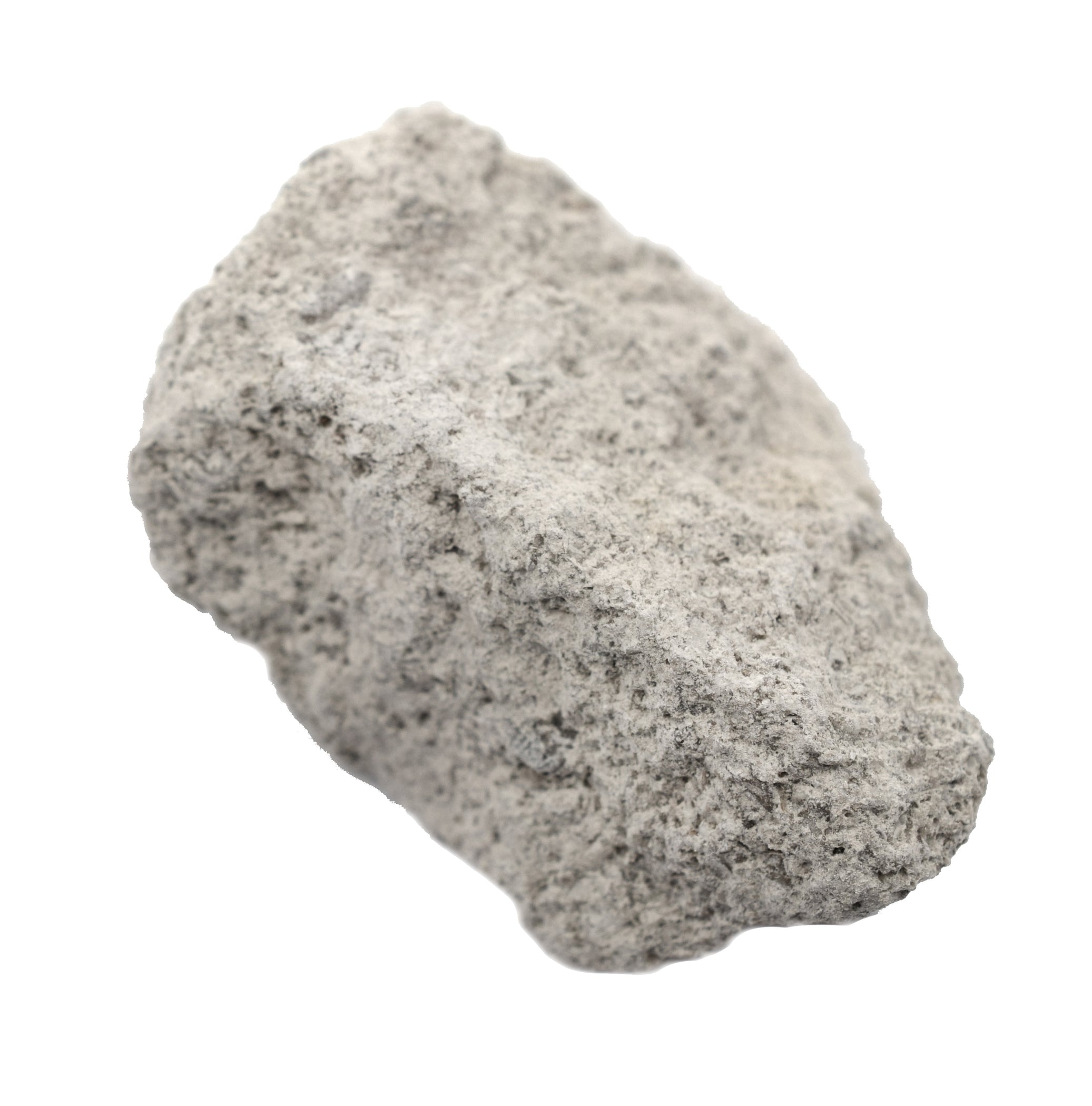

The whole Voyage spans from 400 to around 305 million years ago. The Trenchard Formation was followed by the Coleford Member, a 305 million year old sequence of sandstone and siltstones, with some thick coal seams. Eventually, deposition of new sediments returned in the form of the coarse sandstones of the Trenchard Formation, laid on an eroded surface of the older folded rocks – an unconformity. In this area the rocks were folded, producing the steep westward dipping rock beds seen in this Voyage. The Gondwana plate advances northward crushing the Rheic Ocean out of existence and creating the great Variscan Mountain chain across southern Europe. With the onset of a massive glaciation in the southern hemisphere due to big reductions in atmospheric carbon dioxide (due to the development of the extensive Carboniferous forests), sea level starts falling and we have the Cromhall Sandstone deposited by rivers onto a coastal plain more or less at sea level. The following Carboniferous period brought a change to marine conditions through the beds of the Avon Group, followed by the warm shallow water limestones of the Black Rock, Gully Oolite and Llanelly Formations. Around this time the Earth also suffered the end Devonian mass extinctions, which had a severe impact on marine life, due possibly to anoxic (low oxygen level) oceans. The wearing down of the Acadian up-lifted land surface, combined with rising sea level, produced the slower flowing rivers that deposited the last Devonian rocks in this area – the Tintern Sandstone. The resulting uplift of the area, caused erosion of existing rocks, followed by deposition of the Quartz Conglomerate on that eroded Brownstones surface. Then came the impact from arrival of the micro-continents of Armorica and Iberia, producing the Acadian Orogeny as they impacted against the southern area of the Laurussia plate. We began the Voyage on 400 million year old Devonian Brownstones, formed by great rivers wearing down mountains to the north and dumping the sediments on the flood plains before emptying into the Rheic Ocean to the south. The duration of the ‘time gaps’ when no rocks are found in this area are considerable! In these periods sediments could well have been laid down and even lithified (cemented) into solid rock, only to be eroded away and lost to the rock record. Note: The diagram shows the timespan the various rocks formed over, not the thickness of the various formations. Well done you have completed the Voyage!\n\nThe diagram here and the audio track summarise the rocks, environments and events that you have encountered on this 100 million years Deep Time Voyage. Or perhaps there was just less coarse sediment available at the source of the rivers – a period of reduced erosion of those mountains (introduced in Task 2) in the far NW, In more recent times, say the last 50,000 years, erosion has gone to work and removed more of the softer Brownstones, forming the north south valley in which the village of Mitcheldean came to be established around 1200AD – about the last two hundredth of a pixel on the time column. This could reflect a period when the water velocity in the big Devonian rivers slowed, which would favour deposition of finer sediment.

He darker coloured band in the Brownstones, marks a sequence where the normally dominant hard sandstone beds of the Brownstones have reduced in number, being replaced by more of the softer mudstone beds. Taking into account all the information presented in this Voyage, do you think this diagram (or the next one) is a correct interpretation of how the rocks may be arranged underground in the area of the Voyage? The view is looking towards the north, so west is on the left of the diagram.


 0 kommentar(er)
0 kommentar(er)
